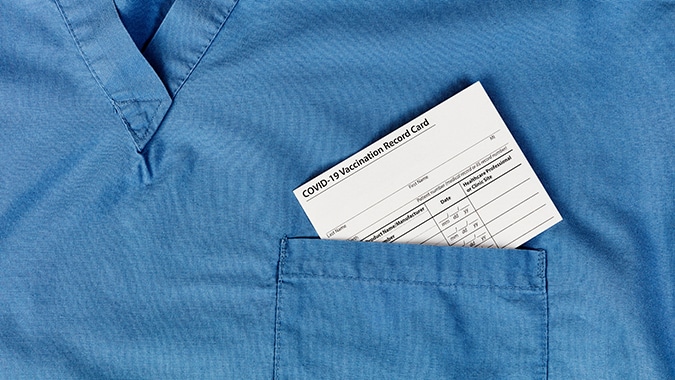On top of everything else, employers have huge new government programs that they have to implement as part of the coronavirus response, and perhaps the most demanding are the temporary paid sick leave and family leave laws.
Attorneys at Jackson Lewis are trying to simplify things. They cover different scenarios for calculating the leave hours for full- and part-time employees, the regular rate of pay, and how to determine the number of employees you have (those with over 500 are not covered by the program).
The U.S. Department of Labor published a temporary rule last week to implement the programs. The Emergency Paid Sick Leave Act (EPSLA) and the Emergency Family and Medical Leave Expansion Act (EFMLEA) are part of the Families First Coronavirus Response Act, which was signed into law March 18. (Emergency business loans and emergency unemployment benefits were put in place in a separate law signed on March 27.)
The rules are in effect from now until the end of the year.
Among the things employers need to know are:
- the six reasons employees can take paid leave;
- how to calculate paid leave hours and average rate of pay under EPSLA;
- how to calculate leave hours and regular rate of pay under EFMLEA;
- requiring employees to use existing PTO;
- which workers count as employees when determining your business’ size (those with fewer than 50 are exempt); and
- notice and documentation requirements.



